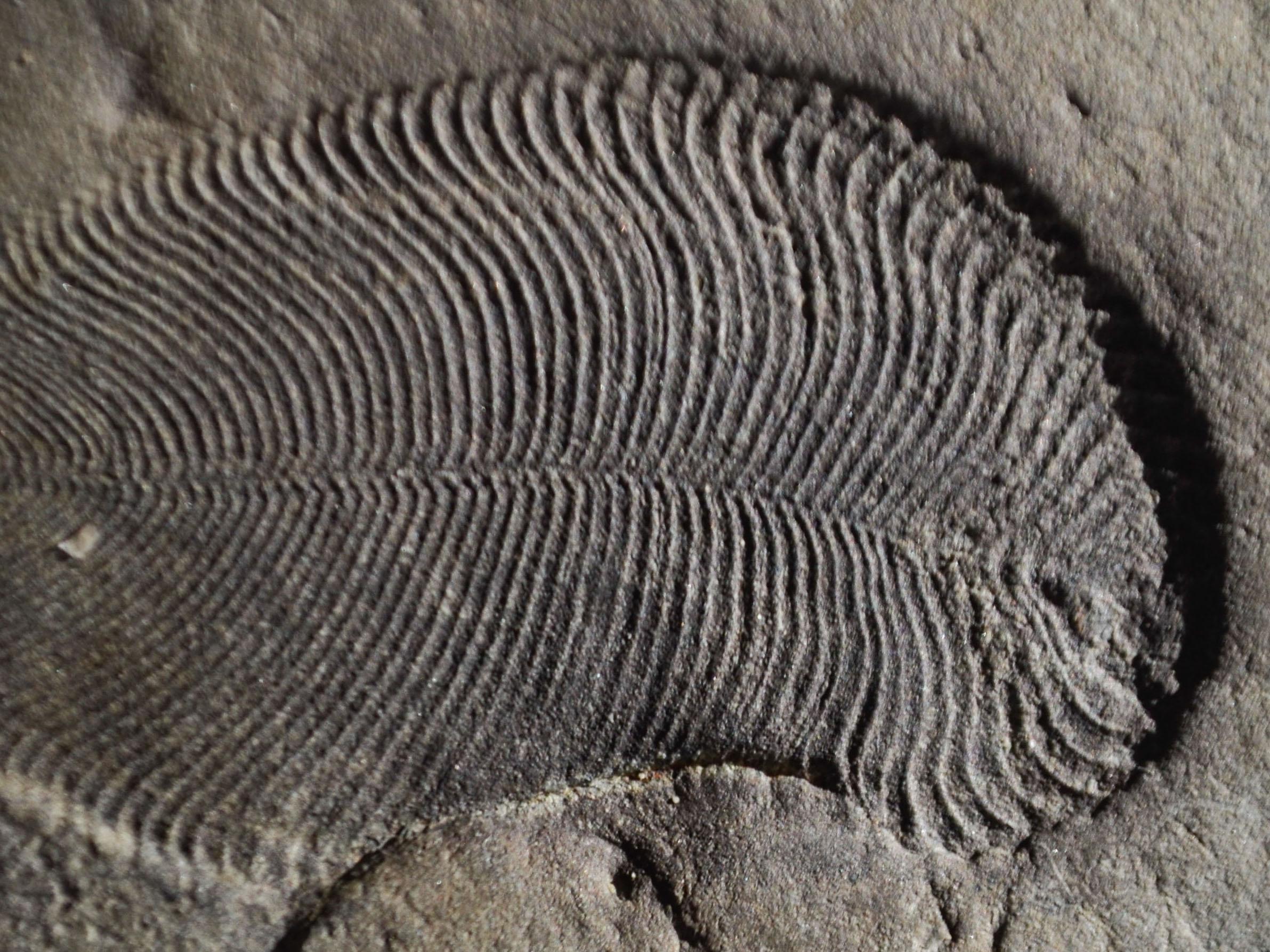Oldest known animal fossil discovered in Russian cliffs
Discovery solves 'decades-old mystery that has been the Holy Grail of palaeontology'
Your support helps us to tell the story
From reproductive rights to climate change to Big Tech, The Independent is on the ground when the story is developing. Whether it's investigating the financials of Elon Musk's pro-Trump PAC or producing our latest documentary, 'The A Word', which shines a light on the American women fighting for reproductive rights, we know how important it is to parse out the facts from the messaging.
At such a critical moment in US history, we need reporters on the ground. Your donation allows us to keep sending journalists to speak to both sides of the story.
The Independent is trusted by Americans across the entire political spectrum. And unlike many other quality news outlets, we choose not to lock Americans out of our reporting and analysis with paywalls. We believe quality journalism should be available to everyone, paid for by those who can afford it.
Your support makes all the difference.Hailed as “the Holy Grail of palaeontology”, scientists have confirmed that an unusual oval shape found preserved in Russian cliffs is the oldest known animal fossil.
Debate has raged in the research community for decades over the identity of Dickinsonia, which roamed the Earth 558 million years ago during the Ediacaran period.
Life forms from this period are thought to be the first ever large, multicellular creatures, but they are so different to anything alive today that their exact identity has remained a mystery.
Previously experts have suggested the metre-long Dickinsonia could be a fungus or a giant amoeba.
But experiments using a specimen from north west Russia has revealed their true identity as some of the first ever animals.
The fossil was so well preserved that when researchers drilled into it they found traces of cholesterol, a type of fat that is a clear indicator of animal life.

“The fossil fat molecules that we’ve found prove that animals were large and abundant 558 million years ago, millions of years earlier than previously thought,” said Professor Jochen Brocks from the Australian National University.
The current received wisdom in palaeontology is that large animals began to dominate around the time of the Cambrian explosion around 541 million years ago.
At this point creatures recognisable as worms, molluscs and other modern groups appear in the fossil record, but the new discovery suggests they were preceded by a wave of animals that looked like Dickinsonia.
Besides high levels of cholesterol, the fossil was lacking in chemical markers known to be associated with fungi.
“Scientists have been fighting for more than 75 years over what Dickinsonia and other bizarre fossils of the Edicaran biota were,” said Professor Brocks, who “couldn’t believe” the results when they were first brought to him by PhD student Ilya Bobrovskiy.
He added: “The fossil fat now confirms Dickinsonia as the oldest known animal fossil, solving a decades-old mystery that has been the Holy Grail of palaeontology.”

The specimen was excavated from a remote cliff face near the White Sea by Mr Bobrovskiy.
“I took a helicopter to reach this very remote part of the world – home to bears and mosquitoes – where I could find Dickinsonia fossils with organic matter still intact,” he said.
Mr Bobrovskiy noted the difficulty in finding a fossil as old as this Dickinsonia specimen that still contained traces of organic material.
“Most rocks containing these fossils such as those from the Ediacara Hills in Australia have endured a lot of heat, a lot of pressure and then they were weathered after that,” he said. “These are the rocks that palaeontologists studied for many decades, which explained why they were stuck on the question of Dickinsonia’s true identity.”
The results of this work, published in the journal Science, mark a new way for scientists to examine the prehistoric world.
“Looking at molecules in these ancient organisms is a game changer,” said Professor Brocks.
Historically, palaeontologists have exclusively looked at the structure of ancient creatures, but adding molecular analysis to these studies allows them to explore them in far greater depth.

Join our commenting forum
Join thought-provoking conversations, follow other Independent readers and see their replies
Comments